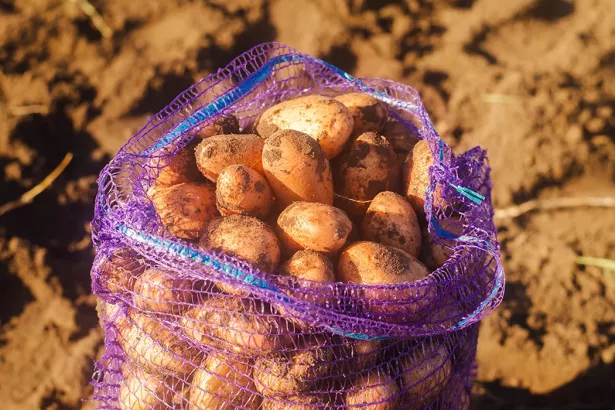The potato fundamentally changed world history. So argued historian William H. McNeill over a career spanning more than fifty years, from his doctoral thesis on the influence of the potato on Irish history in 1947 to this 1999 article on the potato’s two periods of “critical difference for world history.”
Firstly, “potatoes provided the principal energy source for the Inca Empire, its predecessors and its Spanish successor.” Secondly, via Spain, the New World plant spread to northern Europe, “where potatoes, by feeding rapidly growing populations, permitted a handful of European nations to assert dominion over most of the world between 1750 and 1950.”
Solanum tuberosum, as potatoes are known to science, is native to the Andes, where it’s been cultivated for at least 4,000 years. What makes potatoes so great as food is that they “yield abundantly,” thus making a lot of themselves; provide more calories per acre than grain; and grow in diverse climates, “as long as the weather remains cool and moist enough.”
But one big problem with potatoes is that they don’t store well. Grain, the foodstuff that powered civilization in the “Fertile Crescent” of the Middle East, is much better for storage. But Andeans got around this liability—and still do—by freezing potatoes and storing them underground. In the mountains, nighttime temperatures provide natural refrigeration. Stored this way, the frozen potatoes the Spanish called chuño “could be kept for several years with no loss of nutritional value.”
Beginning around 100 CE, these frozen potatoes sustained the emergence of civilization in the Andes.
“By collecting chuño as taxes from the peasants who worked the raised fields,” writes McNeill, “and disbursing it from imperial storehouses to labor gangs working at official command, it became possible to wage war, build roads, construct the monumental stone structures that still amaze visitors.”
European armies marched on what they foraged locally, with stored grain being a particular target even if it meant peasants starved to death as a result.
Then the Spanish conquerors adopted chuño to feed workers forced to extract the New World’s riches. It fed the miners who dug the “massive influx” of silver from Potosi, which supercharged a century’s worth of Spain’s global dominance. But the resulting global silver boom also warped the world economy with inflation: rising prices “upset traditional social patterns, altered economic relations and strained prevailing moral ideas” in Spain, Western Europe, and as far away as China and the rest of Asia.
Ironically, most of Spain is too dry for potato cultivation, but potatoes do grow in Spain’s north; it was probably visiting Basque fishermen who introduced the spud to Ireland. Ireland’s political situation as an English colony made it different from the rest of northern Europe, where the potato caught on because it was relatively safe from the ravages of war. European armies marched on what they foraged locally, with stored grain being a particular target even if it meant peasants starved to death as a result. But foraging soldiers could rarely be bothered to dig up potatoes.


Spread the word